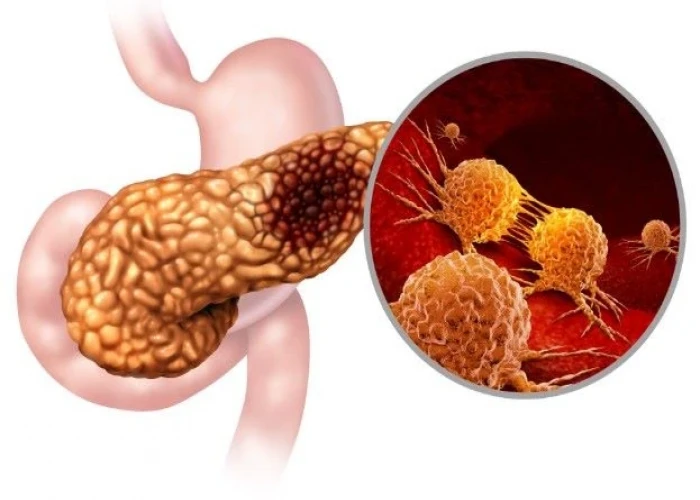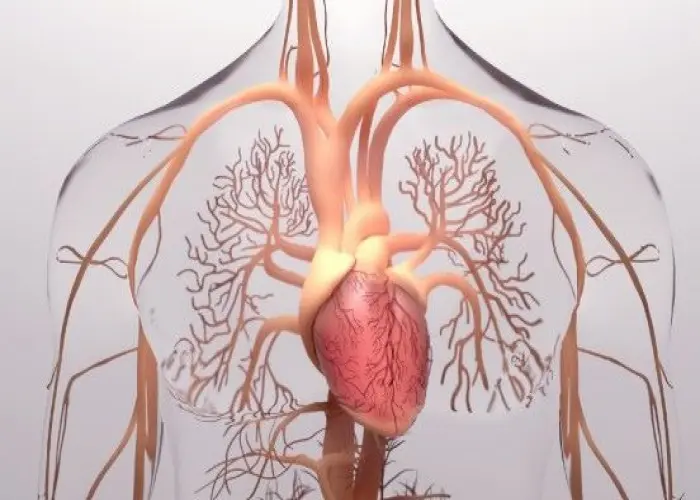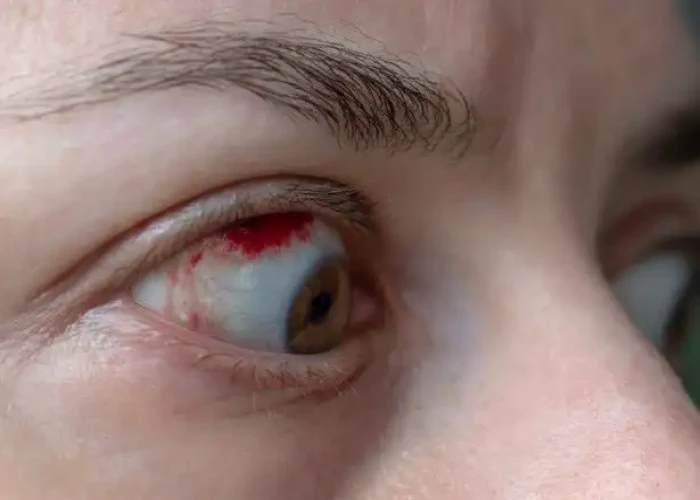 Welcome
Welcome
“May all be happy, may all be healed, may all be at peace and may no one ever suffer."
Subconjunctival hemorrhage (Broken blood vessel in eye)

A subconjunctival hemorrhage, also known as a broken blood vessel in the eye, occurs when a small blood vessel in the conjunctiva, the clear tissue that covers the white part of the eye, ruptures and leaks blood. This can cause a bright red or dark red patch to appear on the white of the eye, which can look alarming but is usually not a cause for concern.
Subconjunctival hemorrhages are typically painless and do not affect vision or cause any other symptoms. They can occur spontaneously or as a result of minor trauma, such as rubbing the eye, sneezing, or coughing. In some cases, they may be associated with high blood pressure, blood thinners, or certain medical conditions such as diabetes.
Most subconjunctival hemorrhages will resolve on their own within a week or two, as the blood is gradually absorbed by the body. Treatment is usually not necessary, although applying a cool compress or artificial tears may help to alleviate any discomfort or dryness. It is generally recommended to avoid rubbing the affected eye or using aspirin or other blood-thinning medications until the hemorrhage has healed.
While subconjunctival hemorrhages are usually harmless and do not require medical attention, it is important to see an eye doctor if you experience any other symptoms, such as pain, swelling, discharge, or changes in vision. Additionally, if you experience frequent or recurrent subconjunctival hemorrhages, your doctor may want to investigate underlying causes such as high blood pressure or bleeding disorders.
Research Papers
Disease Signs and Symptoms
- Eye pain or burning
- Red eyes (conjunctivitis)
- Blood clots in eyes
- Blurred vision of eye
Disease Causes
Subconjunctival hemorrhage (broken blood vessel in eye)
The cause of a subconjunctival hemorrhage isn't always known. The following actions may cause a small blood vessel to rupture in your eye:
- Violent coughing
- Powerful sneezing
- Straining
- Vomiting
In some cases, a subconjunctival hemorrhage may result from an eye injury, including:
- Roughly rubbing your eye
- Trauma, such as a foreign object injuring your eye
Disease Prevents
Subconjunctival hemorrhage (broken blood vessel in eye)
If the bleeding on the surface of your eye has a clearly identifiable cause, such as a bleeding disorder or blood-thinning medication, ask your doctor if you can take any steps to reduce the risk of a subconjunctival hemorrhage.
If you need to rub your eyes, rub them gently. Rubbing too hard can cause minor trauma to your eyes, which may lead to a subconjunctival hemorrhage.
Disease Treatments
You may want to use eye drops, such as artificial tears, to soothe any scratchy feeling you may be experiencing. Beyond that, the blood will absorb within about 1 to 2 weeks, and you'll need no treatment.
Disease Diagnoses
Disease Allopathic Generics
Disease Ayurvedic Generics
Disease Homeopathic Generics
Disease yoga
Subconjunctival hemorrhage (Broken blood vessel in eye) and Learn More about Diseases

Pancreatic cancer

Broken hand

Heart palpitations

Gallbladder cancer

Dwarfism

Mammary duct ectasia

Anaphylaxis

Interstitial cystitis
subconjunctival hemorrhage, broken blood vessel in eye, সাবকুনজেক্টিভাল হেমোরজেজ, চোখের ভাঙা রক্তনালী
To be happy, beautiful, healthy, wealthy, hale and long-lived stay with DM3S.
